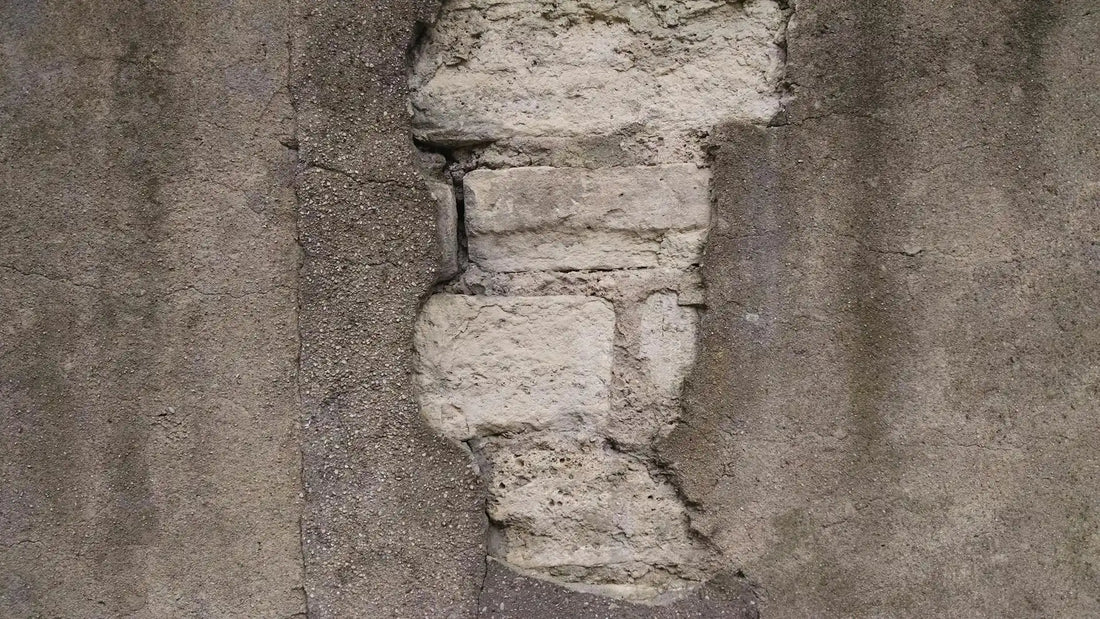Concrete work is tough on tools, clothing, and especially footwear. From the constant exposure to wet mix and abrasive aggregates to the risk of heavy materials dropping on your toes, the right work boots can make all the difference between a safe, productive day and a costly injury. Whether you are pouring, finishing, or cutting, every concrete worker should have a checklist to make sure their boots meet the demands of the job.
Below is a complete guide to choosing work boots for concrete job sites, covering safety, comfort, and durability.
1. CSA and ASTM Certification
The first box to tick on your checklist is certification. Concrete sites are full of hazards, and Canadian worksites require boots that meet CSA Z195 standards. For work in both Canada and the U.S., choose boots that are dual certified to CSA and ASTM F2413.
Look for markings like the Green Triangle (puncture resistant with Grade 1 protective toe) and EH or ESR symbols for electrical protection. Without these certifications, you may not even be allowed on site, and you risk failing safety inspections.
2. Safety Toe Protection
Concrete crews deal with heavy loads, rebar bundles, power tools, and equipment that can cause serious foot injuries. A composite toe or steel toe cap is a must. Composite is lighter and does not conduct heat or cold, while steel offers traditional strength at the cost of extra weight.
MooseLog boots use metal-free composite toe caps that are CSA and ASTM certified for impact and compression resistance, giving workers strong protection without unnecessary weight.
3. Puncture-Resistant Plate
Rebar cut-offs, nails, and sharp debris can be hidden in fresh concrete or scattered around the site. A puncture-resistant plate in the sole protects against underfoot injuries. This is mandatory on most Canadian construction sites and should meet CSA Z195 puncture-resistant standards.
For concrete work, a flexible composite plate is better than steel because it will not corrode from exposure to moisture and chemicals.
4. Slip-Resistant Outsole
Freshly poured slabs, wet rebar, and smooth formwork can be extremely slippery. A slip-resistant outsole tested to CSA standards is essential.
Choose a sole made from high-quality rubber with a tread pattern that channels away water and slurry. MooseLog’s SafeTread™ rubber outsoles are tested for slip resistance on wet and oily surfaces, helping workers keep their footing during pours and troweling.
5. Waterproof Construction
Standing in wet concrete all day will destroy regular boots. You need waterproof leather uppers sealed with membranes or treated to keep moisture out while allowing sweat to escape. This prevents concrete mix from seeping in, which can burn the skin and weaken the boot’s structure.
Waterproofing should extend to the stitching and tongue area. Look for boots that are fully seam-sealed and tested for water penetration resistance.
6. Electrical Hazard or Electric Shock Resistance
Concrete job sites often have live tools, temporary wiring, and other electrical hazards. If your work includes operating power equipment, make sure your boots are EH rated (ASTM) or ESR rated (CSA). These ratings indicate that the sole can withstand high voltage under dry conditions, providing secondary protection against electric shock.
7. Heat and Abrasion Resistance
Curing concrete can create heat, and cutting or grinding with diamond blades throws sparks and abrasive dust. Choose outsoles that can handle temperatures up to 300°C (572°F) and uppers made from tough, high-grade leather that resists wear from cement dust.
8. Comfort and Fit
Safety is mandatory, but comfort is what keeps you productive on a 12-hour shift. For concrete work, boots should be lightweight, well-cushioned, and shaped to fit your foot type. Look for features like:
- High-rebound insoles for shock absorption
- Supportive midsoles that reduce foot fatigue
- Moisture-wicking linings to keep feet dry inside
- A proper fit with no pressure points around the toe cap
MooseLog boots are designed with all-day comfort in mind, pairing composite toe caps and flexible plates with cushioning that stands up to long shifts on hard surfaces.
9. Durability in Harsh Conditions
Concrete mix is alkaline and can break down materials quickly. Stitching, adhesives, and leathers need to withstand constant exposure to water, lime, and gravel. Look for:
- Direct-attach or Goodyear welt construction for a solid bond
- Oil-resistant soles to handle release agents and formwork lubricants
- Full-grain leather treated for chemical resistance
10. Easy Maintenance
Concrete boots will get caked in slurry and dust daily. Choose boots with smooth leather surfaces and minimal seams so they can be easily rinsed or brushed clean. Removable insoles are also a plus for quick drying.
Final Checklist
Before you head to a concrete job site, make sure your work boots have:
- CSA Z195 and ASTM F2413 certification
- Composite or steel protective toe
- Puncture-resistant plate
- Slip-resistant outsole
- Waterproof leather uppers
- Electrical hazard or shock resistance
- Heat and abrasion resistance
- Lightweight, cushioned comfort
- Durable construction
- Easy maintenance design
The MooseLog Advantage
Concrete work demands more from your boots than almost any other trade. That is why every pair of MooseLog safety boots is dual certified, built with a composite toe, composite puncture-resistant plate, and SafeTread™ slip-resistant outsoles. Waterproof leather uppers, heat resistance, and all-day cushioning make them a reliable choice for tough, wet environments.
Explore MooseLog work boots for concrete job sites and step onto the slab with confidence.










